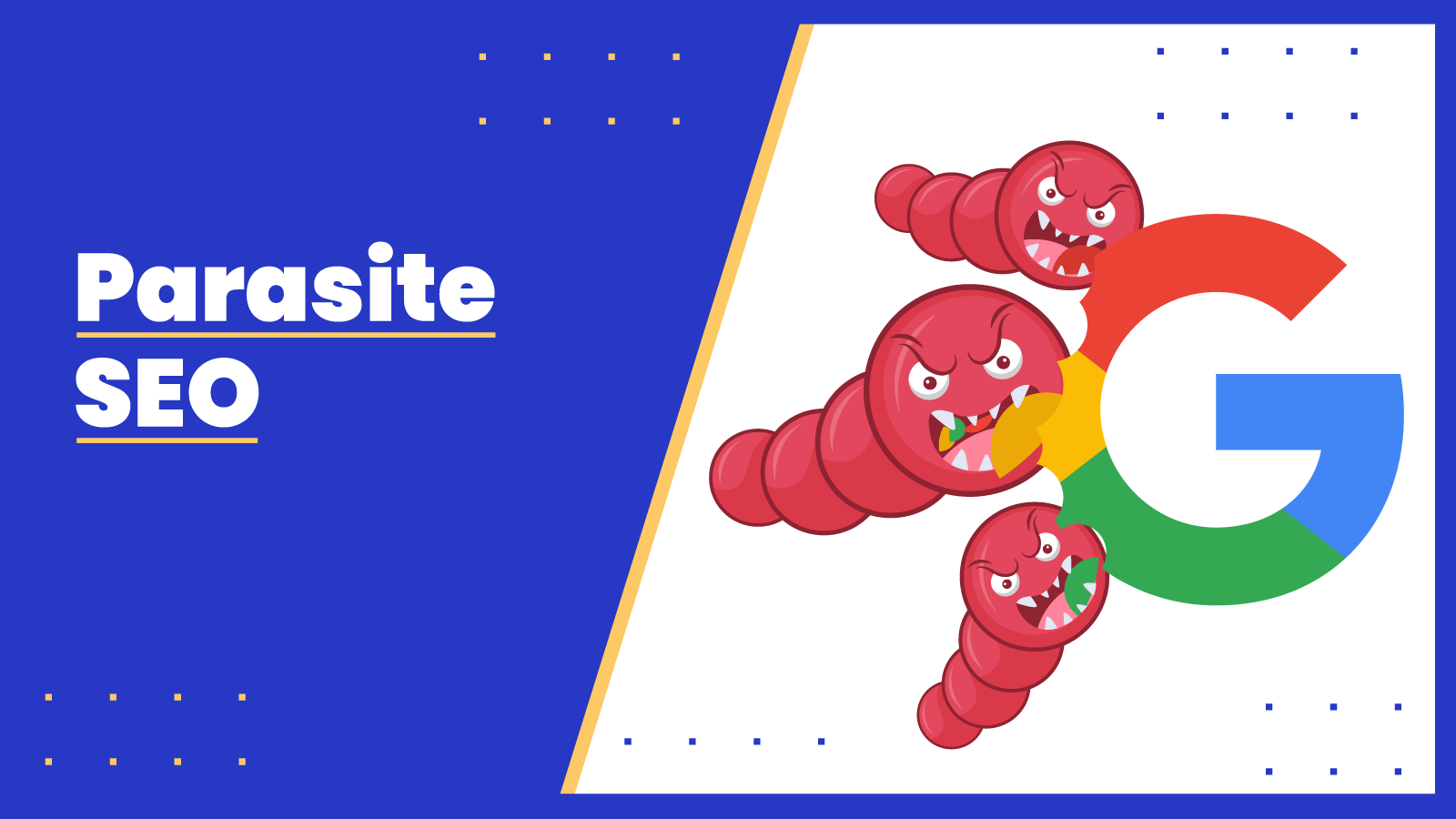We get that question ALL THE TIME in the Authority Pro and Authority Site System Facebook group.


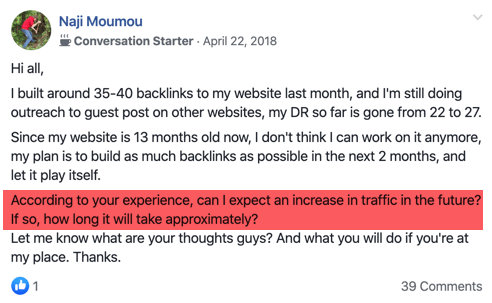


And it makes sense, you are putting all this upfront work into your website, spending your time, your money, pouring your soul into it only to be told “now you have to wait” when the task list is done.
I don’t want to wait.
I want to rank.
I want to make my money back, I want a profit, passive income, coconuts on the beach and look at the face of my parents and my friends who made fun of me when I got into that website business shenanigans when I tell them I’m banking hard.
So when can I rank PLEASE?
Well… It’s not that simple.
Ahrefs attempted to answer the question about 3 years ago but Google has made massive changes since then and some questions felt… unanswered.
So we decided to give it a go, with data and look at how long it actually takes to rank your stuff.
If you suffer from chronic ADHD and can’t be bothered to read this whole article, here’s the TLDR version AND a video of Gael breaking down the stats for you:
- Top-ranked pages are way older than the average. The median age of a page ranked #1 in Google is about 5 years old.
- For content pages, the median age is lower – about 3.5 years. We considered a content page to be anything that doesn’t resemble a homepage (root domain) URL.
- That’s because it takes time to gain backlinks and build authority. So naturally, more time translates into more authority.
- Top content, is updated more frequently. It’s fresher. So while the URL is older, the actual content date (or last updated) is less than 8 months on average.
- Therefore, the best thing you can do is to take your old valuable content and keep it up to date. It can become your most valuable SEO asset.
- From our reference experience, it takes about 2 months for SEO work to show up.
- Some pages can reach the top 10 very fast. They mostly provide time-critical content, such as breaking news and events. Their momentum is usually short-lived.
How Long Does It Take Google To Index A Page?
Google runs a crawler and there are some 100+ trillion pages it has to regularly update in its index, so there’s no fixed time period.
The crawler simply follows links or sitemaps submitted in webmasters console and through them it discovers new content.
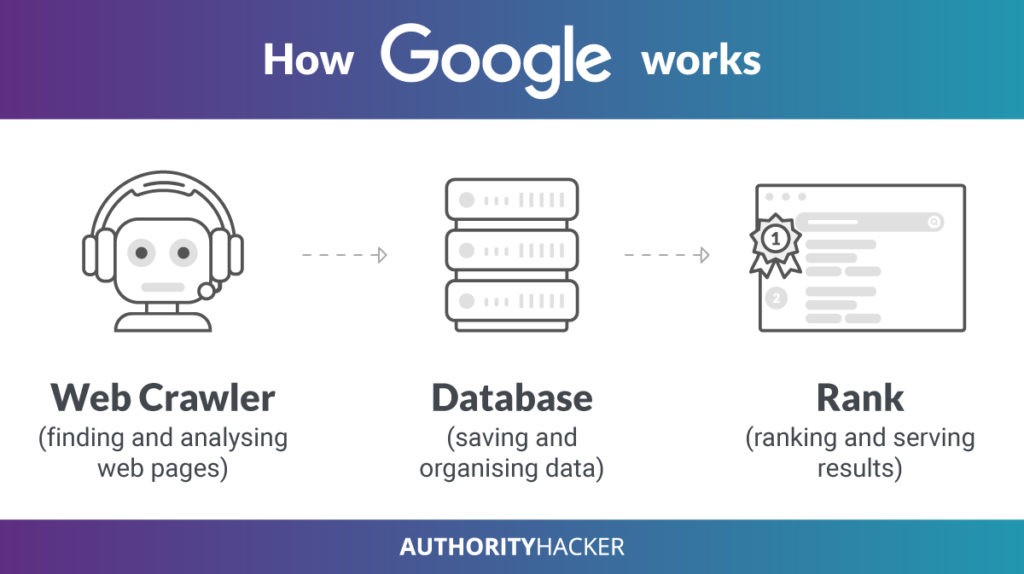
Now, knowing when your content will be index can vary widely.
When we publish a post on Authority Hacker, it usually only takes a few minutes even without submitting to webmasters console for a new page to get indexed.
That’s because this site has fairly high authority.
On newer or lower authority sites, it can take a few days for Google to add your content to the index, but you can speed this up massively by directly submitting your URL in the webmasters console:
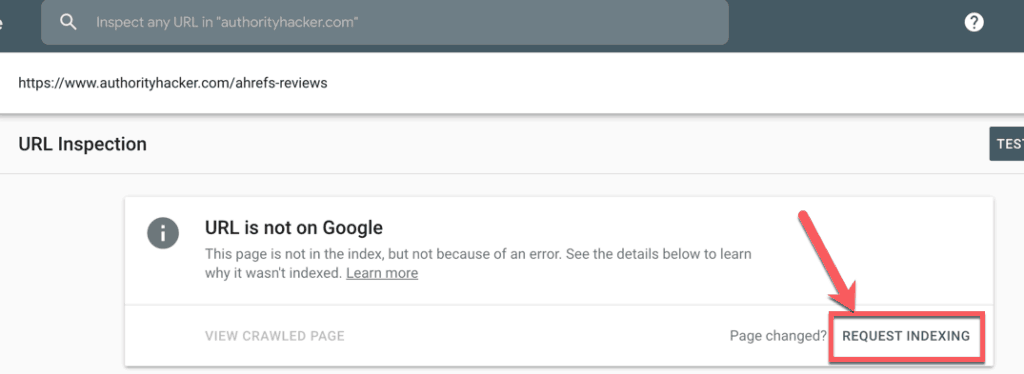
When it comes to getting to the top results, it all depends on how much authority and relevance your page shows.
But even with excellent SEO right away, it’s believed Google can hold ranking your page too high for some time if your site is new and untrusted yet.
SEOs call that Google sandbox.
Many SEOs basically observed their pages don’t rank for a while and that may be due to Google trying to avoid spam. Think of it as a probation period.
While Google denies its existence, here’s what Google’s John Mueller said about it:
“With regards to the sandbox, we don’t really have this traditional sandbox that a lot of SEOs used to be talking about in the years past. We have a number of algorithms that might look similar, but these are essentially just algorithms trying to understand how this website fits in with the rest of the websites trying to rank for those queries.
And sometimes what happens is our algorithms will start at one place and see how that works out and try to get a confirmation through all of the other signals, that this is actually working out. And sometimes that results in things going up afterward, which is like the sandbox you are talking about here. Sometimes that results in things dropping down a little bit, which is, I think, the honeymoon period that people sometimes talk about.
It’s always kind of tricky in the beginning when we have a new website and we don’t quite know where we should put it.”
So, in other words, the actual time-frame can vary. And even if your SEO is perfect, nothing is guaranteed.
What The Data Is Saying?
To learn more about the time it takes to rank in Google, we’d need to know when was the web page first indexed.
Google doesn’t store that information as it has no reason for it. It does, however, provide a date of the last crawl (or recrawl) as it is identical with the cache date.

Then you can see in the Google results, the date of the article, with is the date provided in the HTML and this can be changed and often is, as content gets updated.
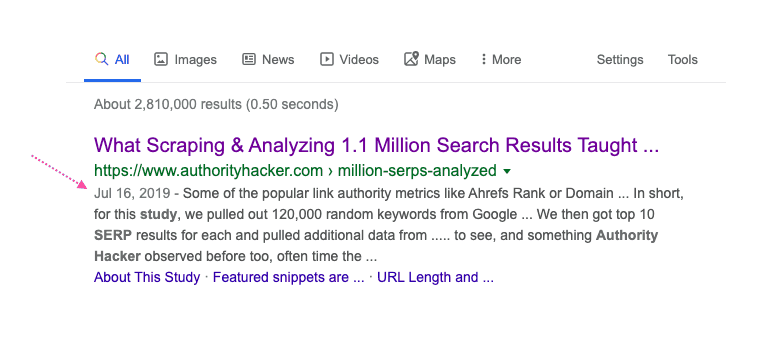
So how did we get the data about the URL age? Well, we turned to the Internet Archive’s “Wayback Machine” as it is the only other active crawler that has an API access.
Because the date depends on the first time it gets discovered by the crawler, the date isn’t precise. But they’re good enough for a huge study like this one.
Anyway, we analyzed some 2 million SERPs and got the date of the first crawl by the Wayback Machine for some 900,000 URLs. Here is the result:
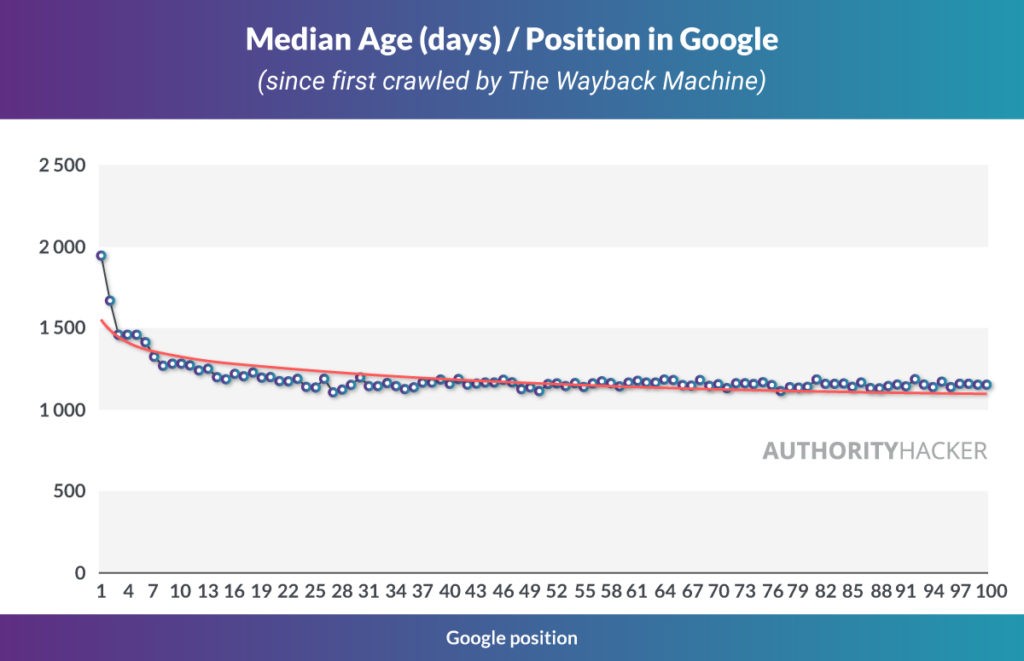
So these are the median ages for the top 100 positions out of some 20,000 keywords.
They include all results and bear in mind, the dates aren’t precise but can vary by up to 2 months depending on when the page was first crawled and some other factors.
In the following analysis, we kicked out all the Wikipedia and YouTube results (explained later) which often hold prominent spots and all root domain URLs.

So here we only looked at pages with content, like blog posts and other resource pages. As you can see the median age is a bit lower already.
Most SEO’s will look at this graph and conclude that older pages rank better.
I don’t think it’s the case.
I think age is just a proxy metric.
When a page has been live for longer, it has had more time to accumulate backlinks.
And backlinks are one of the better-studied ranking factors and are much more likely to be the reason why these pages rank rather than their sheer age.
Actually, I wanted to dig into this so I looked at how age affects the number of referring domains of a URL.
And here is what I found:

Now, the question is, what’s the fastest you can rank in the top spots? It turns out that there are some pages that are very recent and occupy the top spots in our dataset.
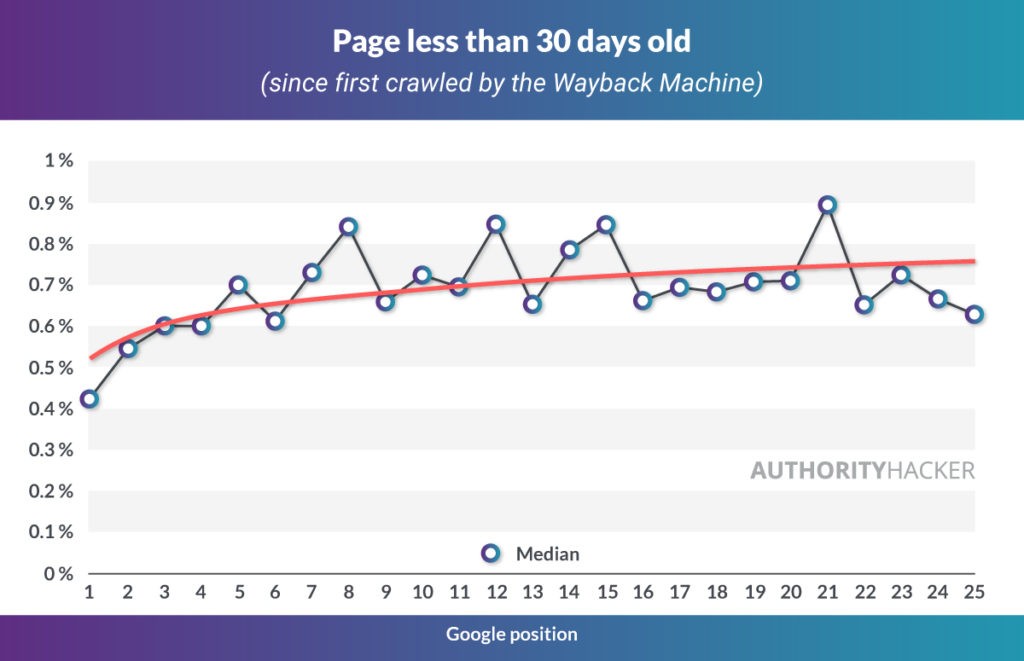
When I manually reviewed those URLs, I found that most of them are either YouTube videos with hundreds of thousands of views or recent news from big sites like HuffPost and NYTimes.
I think a lot of that has to do with Google providing the trending news results, kind of like when there’s a big boxing match and you Google it to see who won.
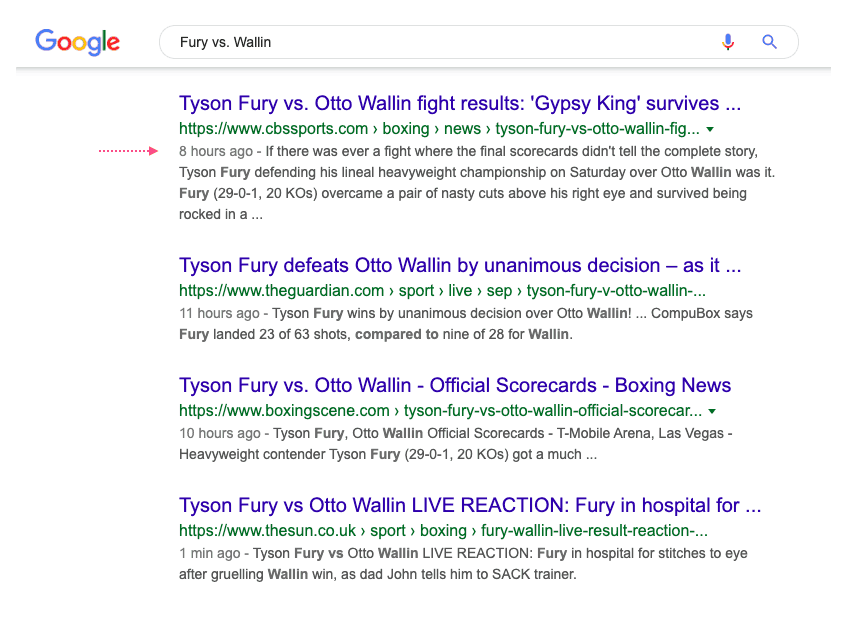
This is time-critical content that is most relevant in a certain short period of time and it makes sense for Google to rank it high.
Now the question is, does Google somehow consider fresh content or is it all about backlinks (and potentially backlink earning momentum)?
It turns out that the average number of referring domains for pages that get to the top early is also relatively high (40), but the median is much lower (10) which indicates a huge variation.
Usually, the YouTube videos don’t have many referring domains but with a high number of views they may have strong social traction.
On the other hand, pages from big news sites always seemed to be at least around 100 – 200 referring domains.
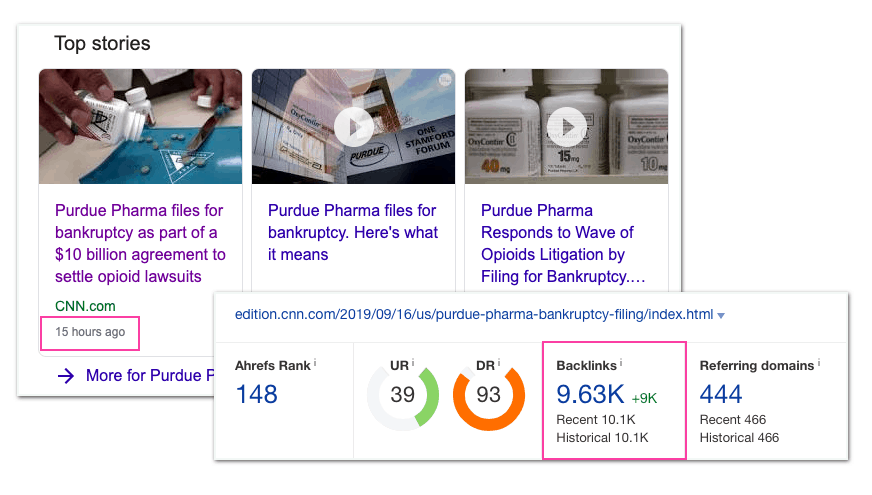
Time-critical content can gain momentum very fast. But the competition is strong.
We also don’t know how these SERPs change, once the news are not new anymore and whether more traditional SEO comes back to play.
You may likely hit the top spots by targeting the top trending topic and being able to get out some content on it fast.
I do combat sports so I follow the results in that space and I often see even crappy pages rank sometimes high after gaining momentum. But that’s anecdotal.
To dig into this, when I looked at the age of the page and the median organic traffic there’s a small bump for very young pages while the rest shows that the older a page gets, the more organic traffic it gets.
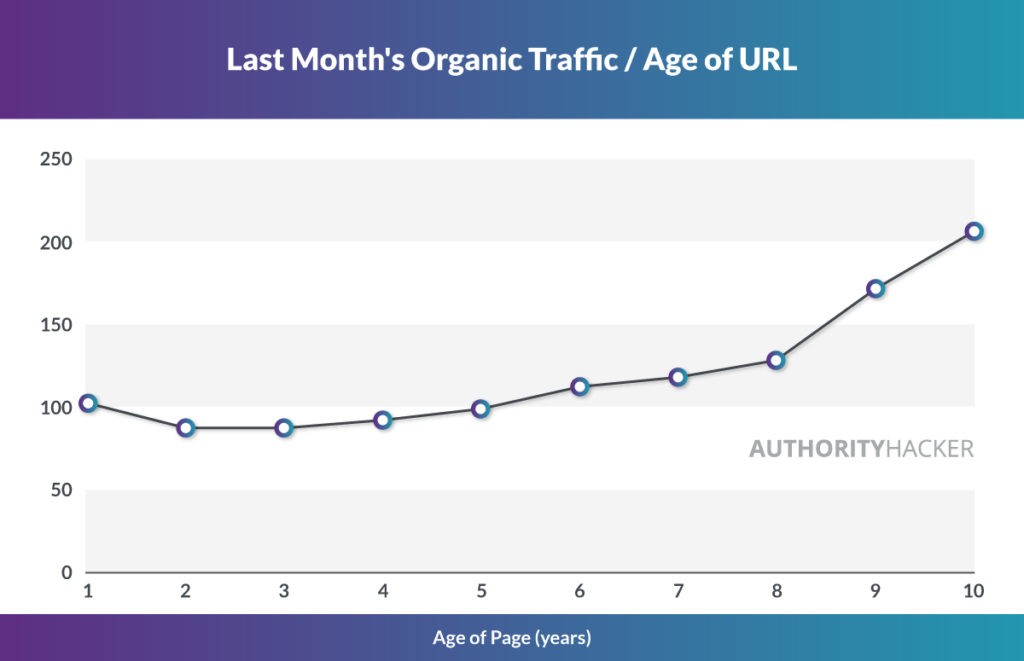
The other useful piece of data is something I’ve been long curious about and hinted on in our “Title tag” article where we found that titles with current year rank higher.
It’s the idea that Google prefers fresh content, and that it’s a good practice to update your content regularly.
So we crawled the URLs in our dataset to get the date of their last update and it turns out it’s a very plausible:
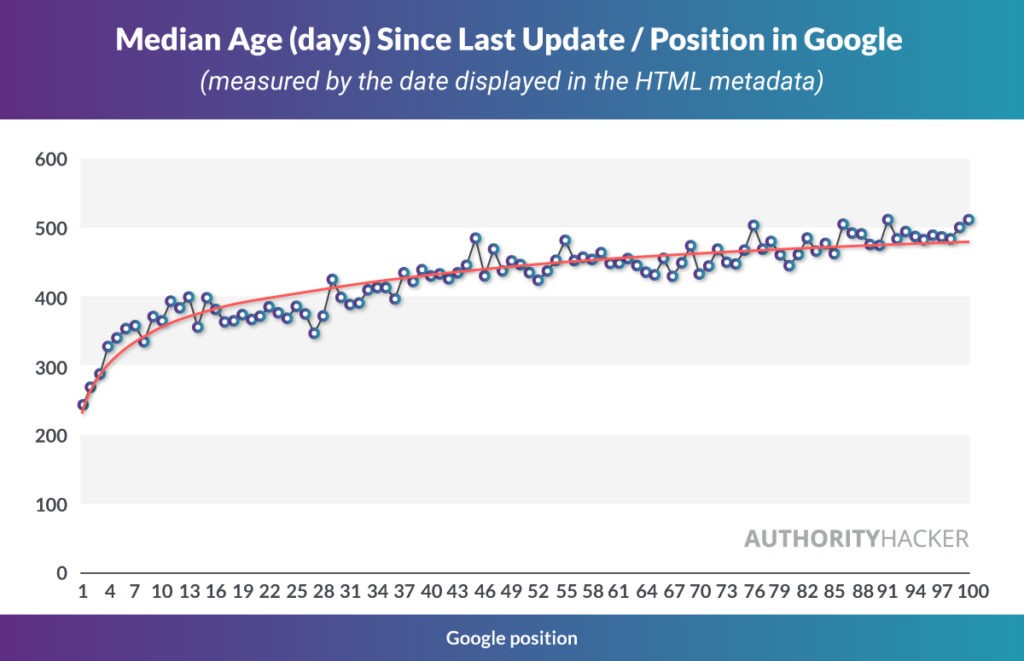
So, there you go.
While the median age of the top ranked URL is somewhere between 3-5 years, the median age of the content on that page is only 7-8 months or less in most cases.
What this means is that for many queries, SEO has changed.
Freshness has always been a really strong factor as we can see from the organic traffic of new pages.
Links have historically been the most important ranking factor.
And to rank for competitive queries, you need both.
Which is why “last updated” content has taken over this year.
Don’t just churn out a new content. Regularly update the good old one so it stays fresh.
Even better, you should take your oldest articles and refresh them with new data and new updates. It’s low hanging SEO fruit.
So, What Should You Do With These Results?
Well clearly, for most pages, it takes time, years, to show up in the top organic results and Google is completely fine with it unless the “query deserves freshness”.
And even if you could achieve the top rankings right away, what really matters is how long can you hold these rankings for?
What’s the point of ranking #1 for a day and lost it all tomorrow. The real money is made by those who don’t just rank but hold their rankings over time.
The strategy that wins SERPs these days is to “seed pages” early, as in, build your main site architecture as early as possible, even if the content is not groundbreaking.
Then start building links to these urls (internal links and external links through guest posts, skyscraper, HARO and others) and keep updating the page based on what you see rank for the top position of the query at the time using a tool like Surfer SEO.
As time passes and you catch up on link metrics with the top pages, if your content is what Google wants to see for the query, you will climb up.
How long it will take all depends on your ability to execute and catch up both in terms of content, domain link metrics and page link metrics to your competitors.
Ranking is not a function of time once you are out of the sandbox (let’s say first year of your site to be conservative). It’s about getting stuff done.
Once you achieve top rankings, will also need to keep fighting to maintain your position.
That means you will need to building links to keep your competitors at bay.
And it also means you will need to keep updating your content as a “fresher” competitor could overtake you because freshness is so powerful.
I hope this mix of data and just experience ranking sites helps you understand how long it may take to rank.
But the real factor will be your decision making.
Picking the right (low competition) keywords, going against outdated pages and finding creative link building angles are all factors that will drastically cut the time it takes you to show up in the SERP’s.

